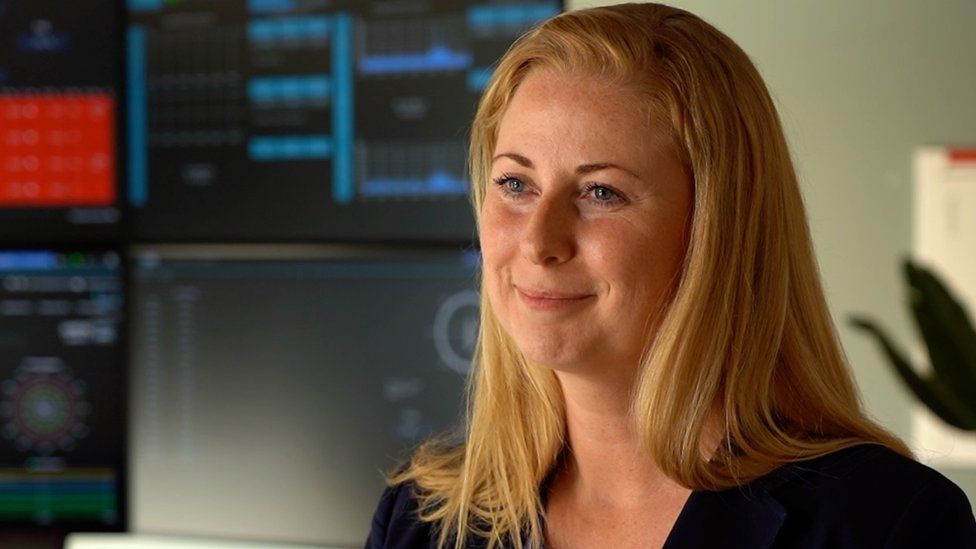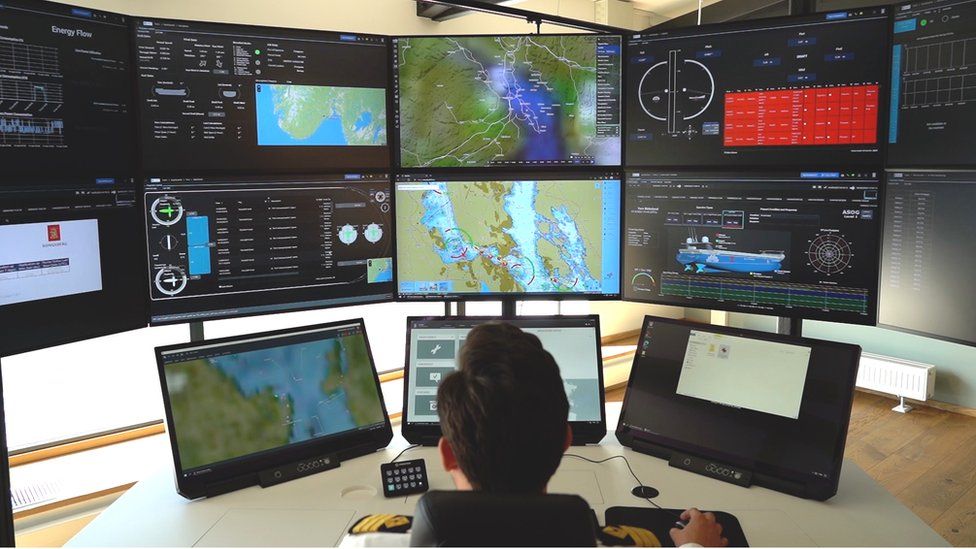Expert in the field of international financial law Konstantin Kryvopust reports on revolutionary changes in the segment of cargo delivery by sea transport, which can optimize logistics processes and significantly reduce delivery costs. For example, he cites the history of the ship Yara Birkeland, which sails quietly in the Friar Fjord in southern Norway and looks like an ordinary small vessel.
However, by the end of the year the number of crew on board will be reduced from five to two, and then, if all goes well, in another two years the ship’s bridge will be removed and there will be no crew on board. Completely.
Until then, Captain Svend Odegaard controls the 80-meter ship. “We are making great strides towards autonomy,” he said. “There’s a lot of installed equipment that isn’t on existing ships.”
Yara Birkeland will eventually be guided by sensors, including radars and cameras, which will feed data to an artificial intelligence that will detect and classify water obstacles.
“We have situational awareness — cameras on board, fore and aft of the ship,” explains the captain. “He can decide whether to change his path because something gets in the way.”
The captain’s job will move to land, to a remote operations center more than 80 km (50 miles) away, potentially monitoring multiple ships at once. If necessary, humans will be able to intervene by sending commands to change speed and course.

The Yara Birkeland, owned by fertilizer giant Yara, has been sailing twice a week from the firm’s huge plant near Porsgrunn to the port of Brevik for the past few months, carrying up to 100 containers and collecting data along the 13km route.
“Vessels operating on short, regular and fixed routes offer good opportunities for the introduction of autonomous ship technologies,” says Sinikka Hartonen, secretary general of the One Sea Association, an alliance of maritime companies and autonomous experts.
Project technology supplier Kongsberg is working on more two autonomous barges on rechargeable batteries in Oslo Fjord together with the Norwegian food wholesaler Asko and the fourth a small container ship near Ålesund.
“Some technologies have been around for many years. So it’s really a combination,” says Anne-Magritte Ryste, Director of New Generation Shipping at Kongsberg Maritime.
According to Ms. Ryste, there is also interest in using autonomous navigation on fishing, passenger ferries and military vessels.

Kongsberg already produces autonomous underwater vehicles (AUVs), which primarily perform seabed mapping tasks for customers in marine energy, ocean exploration and defense.
The firm recently delivered an 8-meter unmanned surface vessel (USV) that detects fish stocks using acoustic sonar and navigation using AI, cameras, radar and GPS.
“They are also controlled by people who can interfere. But they are completely autonomous,” says Björn Jälving, senior vice president of technology at Kongsberg.
Kongsberg expands technology for larger vessels. “At the end of the day, I think the restrictions will not be technical, it’s a matter of safety and reliability under the rules and good business for the operators,” says Mr Jalving.
Of course, one of the biggest attractions for shipping companies is the cost savings of not having a crew on board. A single team could potentially monitor multiple ships, Mr Jalving says. In addition, it is safer for the crew to be on land than at sea.
Other companies are also working on autonomous shipping projects.
Last year in Japan, a 222-meter car ferry managed and moored independently using Mitsubishi Shipbuilding Company technology.
Meanwhile, the commercial vessel completed moon trip from Texas to South Korea, covering approximately half of the 20,000-kilometer route autonomously.
According to marine technology supplier Avikus, part of shipbuilding firm HD Hyundai, the optimal route choice saved fuel and emissions.

“You can use autonomy to limit tasks that are dangerous or boring,” says Marius Tannum, associate professor of applied autonomy at the University of Southeastern Norway.
“The Yara Birkeland project and the Asko barge project are bringing technology into the real world, not just into research labs as we’ve done for many years.”
When it comes to safety, unmanned vessels should perform as well, if not better, than manned ships, says Professor Tannum, who believes there is always a need for a safety mechanism – someone watching who can intervene if necessary.
“As this is a new technology that has not been tested in real life, we need this transition period with the crew on board,” says Professor Tannum. “Then gradually we can trust the autonomy to do more.”
However, autonomy opens up opportunities for new designs, he adds. “Without a crew, you can have more cargo capacity because you don’t need the living quarters, galley, heating, air conditioning and other systems,” adds Professor Tannum.
However, there is skepticism about whether large unmanned ships will be able to cross oceans anytime soon. “First, it is necessary to solve legal problems. And then ships need reliable power and propulsion systems that require very little maintenance,” Professor Tannum notes.

One of the biggest hurdles is regulation, and new rules will need to be developed.
“The current legislation was developed based on the assumption that the equipment on board the ship is completely manually operated,” says Sinikka Hartonen, adding that the International Maritime Organization is currently working on a framework.
“The regulation is completely new territory for maritime authorities and politicians in Norway. What they are doing will have consequences on an international level,” says Yara project manager Jon Sletten.
Whatever happens, progress in autonomous shipping is likely to move faster than autonomous cars and trucks, according to Professor Tannum.
“Autonomous cars travel at high speeds near both dynamic and static obstacles, road conditions are different, and the complexity that cars face in normal traffic is more complex than ships.
“Unmanned autonomous ships with a fixed route and remote control center (ROC) will operate with less risk than unmanned autonomous trucks moving in normal traffic,” he says.

